We recently connected with Christine Nishimura and have shared our conversation below.
Alright, Christine thanks for taking the time to share your stories and insights with us today. Let’s kick things off with talking about how you serve the underserved, because in our view this is one of the most important things the small business community does for society – by serving those who the giant corporations ignore, small business helps create a more inclusive and just world for all of us.
Currently, the American public education system, which has been mostly unchanged for over 100 years, still exists within a context of many other inequitable systems. It is not designed to give all students the opportunity to lead and shape the dynamic, global world into which they will graduate. Today in America, the circumstances of children’s births are the largest predictor of the opportunities they have in life and though potential is equally distributed across lines of race and class. Opportunity is not.
In Austin, only half of all students are considered school-ready upon entering kindergarten. When factoring income level, only 38% of low-income students are considered school ready, creating a challenge for low-income students and families as soon as they begin attending school. The opportunity gap continues to grow for students as they leave 3rd grade, with 30% of students from low-income backgrounds meeting the 3rd grade reading level. We are seeing a small increase in the number of students meeting or mastering 8th grade reading, but we are actually seeing a decline in the number of students approaching grade level on the 8th grade reading STARR tests.
Austin is a growing city that continues to import talent to fill vacant industry roles while leaving our own community behind. Over the last 10 years, the cost of living in Austin has soared, and it has emerged as one of the major technological hubs in the country.
As the tech industry and others grow, more individuals will need to complete a post-secondary certificate or degree to work, live and thrive in our community. However, in Central Texas the number of students pursuing post-secondary programs has been declining over the same decade of growth. Additionally, after the pandemic, we are seeing an increase in chronic absenteeism and sluggish academic performance following a 10 year slide in math.
In addition to the opportunity gap, Austin is also seeing an even larger income gap, making this city unaffordable for most. In fact, Austin’s income inequality is higher than the national average and Austin is the most economically segregated city in the country. As a result of the income disparities in Austin, Austin Independent School District has the largest economic and racial disparity in the state. Our community and our students need more support to close the expanding equity gaps–income, academic, and housing –which will require our community leaders and network to be innovative, dedicated, and student-centered to allow all students to reach their full potential and continue to call Austin home.
Our goal, by 2030, is to have twice as many students in Austin and East Travis County to meet key educational milestones, including meeting 8th grade math expectations, indicating they are on a path to economic mobility and co-creating a future filled with possibility. The 2030 goal calls us to not only reimagine education, but to also reimagine what role we play in ensuring every child in Austin and East Travis County can learn, live, and thrive here. Through a broad and diverse coalition of nearly 1000 alumni leading individually and collectively across sectors in Austin. They are school and system leaders, policy makers, and elected officials. Our network leads advocacy and nonprofit organizations focused on underserved communities and they are civic leaders working alongside the community to create enduring change. Through a coalition of diverse community partners, Teach For America (TFA) Austin can recruit, support, and develop classroom, campus, and community leaders throughout Austin in pursuit of our shared, student-centered vision.

Christine, love having you share your insights with us. Before we ask you more questions, maybe you can take a moment to introduce yourself to our readers who might have missed our earlier conversations?
I am Christine Nishimura, the founding executive director of Teach For America (TFA) Austin, the first Alumni Innovation region within the organization. TFA finds, develops, and supports leaders to transform education and expand opportunity for all children, starting with two years in the classroom. After 35 years placing new teachers in classrooms across the United States, we now have over 65,000 alumni participants with a majority of those leaders continuing to work in education and with low-income communities. Five years ago in Austin, we launched the first Alumni Innovation region focused on providing ongoing leadership development to the nearly 1,000 alumni living in the greater Austin area. Through our work, I collaborate alongside school leaders and education systems leaders, creating opportunities for our network to learn about innovative and new approaches to achieve education excellence for all students in our community. As a TFA alumni myself, I am incredibly honored and proud to continue to support the organization and network that has led me to become a life-long leader towards educational equity.
From an early age, I enjoyed helping others learn. I used to spend my summer vacations helping my grandma and my aunt in their classrooms, as they taught year-round in California. These early memories sparked my interest in supporting students’ learning and ensuring every child is given the support they need. I brought these experiences with me and after graduating from the University of Michigan, I joined TFA as a fourth grade teacher in Los Angeles, California. During my time teaching, I quickly learned that systems level decision-making greatly influenced what took place on my campus and in my classroom, much of which was outside my control. And even more importantly, I saw first hand how my students were interacting with institutional systems such as immigration, family services, and the criminal justice systems on a daily basis. Seeing the impact these systems had on my students and families motivated me to pursue a legal career, in hopes to advocate for policy changes.
With that in mind, I attended the University of Texas School of Law in Austin, Texas. While in law school, I sought out every learning opportunity available that related to the rights of children. I helped launch a restorative justice youth-court program at a local middle school, and represented children in child protective cases and in juvenile defense cases. My pursuit in law school constantly focused on learning all about the systems that impact students, and how we can support them in navigating those systems.
After law school I spent the next eight years as an education attorney and education policy advocate in Austin and at the state level. I joined TFA’s Austin alumni board in 2014 to reconnect with the TFA network. As part of the board, in 2017, the alumni board pitched TFA’s CEO on the idea of TFA Austin becoming a formal alumni region in order to accelerate the impact of its alumni. After years of connecting with new TFA teachers and alumni, learning about their passions and motivations to increase opportunities for all children, I was excited about supporting and developing new systems leaders eager to change the world, just as I was (and still am) when I started my career.
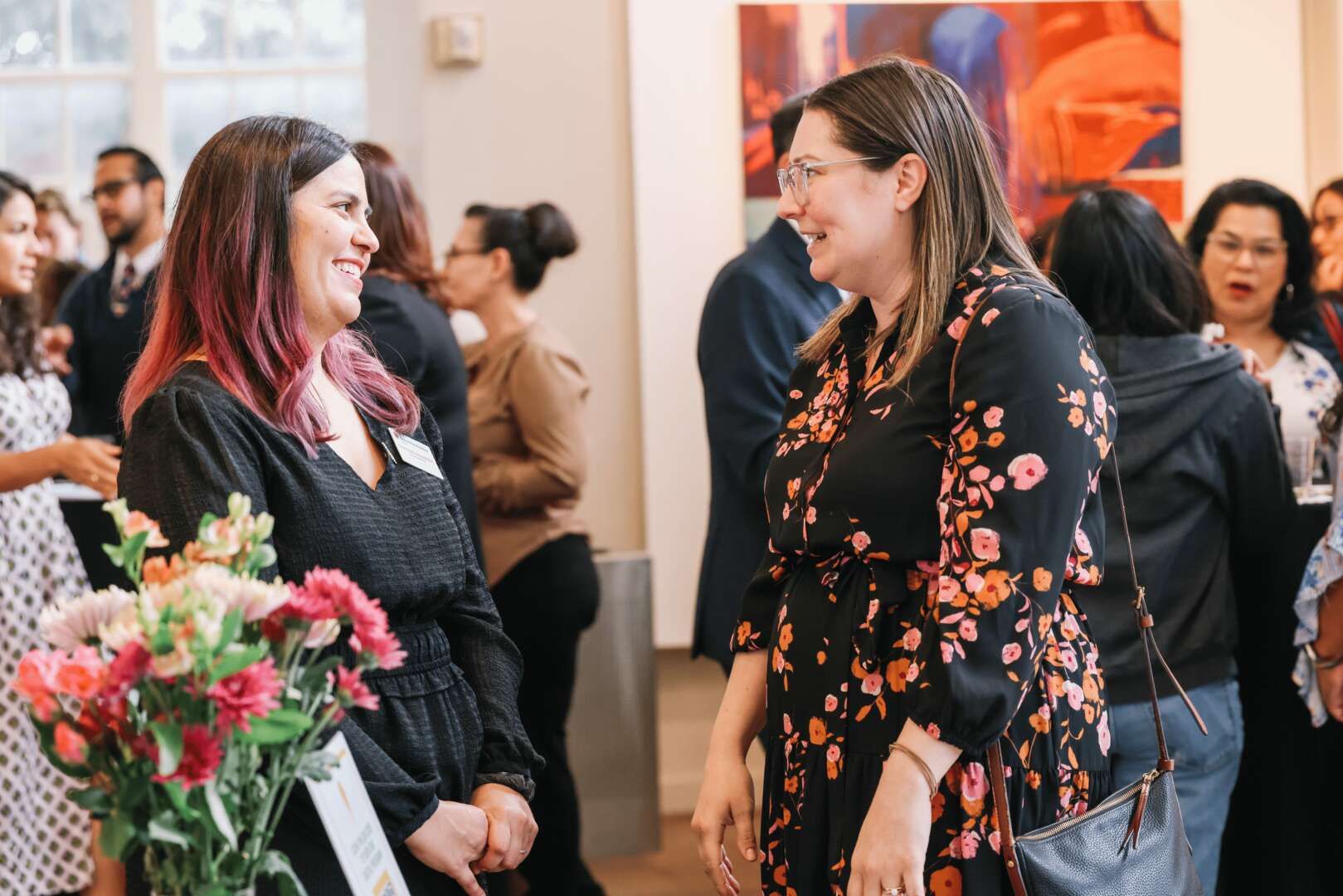
We often hear about learning lessons – but just as important is unlearning lessons. Have you ever had to unlearn a lesson?
I, like many women, especially women of color, struggled with the all too referenced ‘imposter syndrome’. Throughout much of my education and professional career, I have felt that I had to prove that I belonged in the seat, which meant I couldn’t make mistakes. I have struggled with analysis paralysis, too fearful to make the wrong decision or be seen as less than. I found it necessary to have all of the information, so that there was no guessing involved, and I could be 100 percent certain. As a result, I’ve had to relearn what it means to be successful and how to move forward with ‘good enough.’
When I started at the University of Michigan, the United States Supreme Court issued two new affirmative action rulings involving the university. One of those cases involved the undergraduate admissions program’s use of a point system, giving a point value to all parts of the application, including a student’s race and ethnicity. To my recollection, after plugging in my own application components, I was eligible for either admission or being waitlisted without considering my ethnicity. When adding in my ethnicity I moved past the value needed for guaranteed admission. This often made me wonder if I deserved to be there, even though without my ethnicity I was still eligible for admission. As a result, I spent the next four years working to ensure I received all As and Bs at the university level to prove to myself, and anyone who questioned it, that I belonged.
Then years later, while attending orientation at the University of Texas School of Law, a young male student felt compelled to offer his opinion directly to my face that I was accepted into the law school because I was a minority– not because I had good grades from a top university or an eligible LSAT score or because of my prior work experience. Shocked by the interaction and reliving my undergraduate experience, I once again found myself questioning if I belonged.
These experiences led me to constantly question my decisions, especially when I was the final decision maker. What if I make the wrong choice? What if it didn’t work out? What if I am unsuccessful? I remember early in my first year as executive director, struggling to put the pieces together, and a colleague told me “Christine, you don’t have to earn your role. It is already yours.” This was a welcomed simple reminder that I belonged. That I had already earned the role through the hiring process. It was my seat to hold.
Over the last few years, I have spent a lot of time reframing my insecurities. Recognizing that we are all learning, and perfection is never required. I’ve brought people into my decision-making process. I’ve become more of a community centered leader. This has helped me move out of the binary–decisions are not right or wrong, they just are. And most importantly, I’ve learned that giving my best, being held accountable, and seeking help when needed is all I owe to anyone.
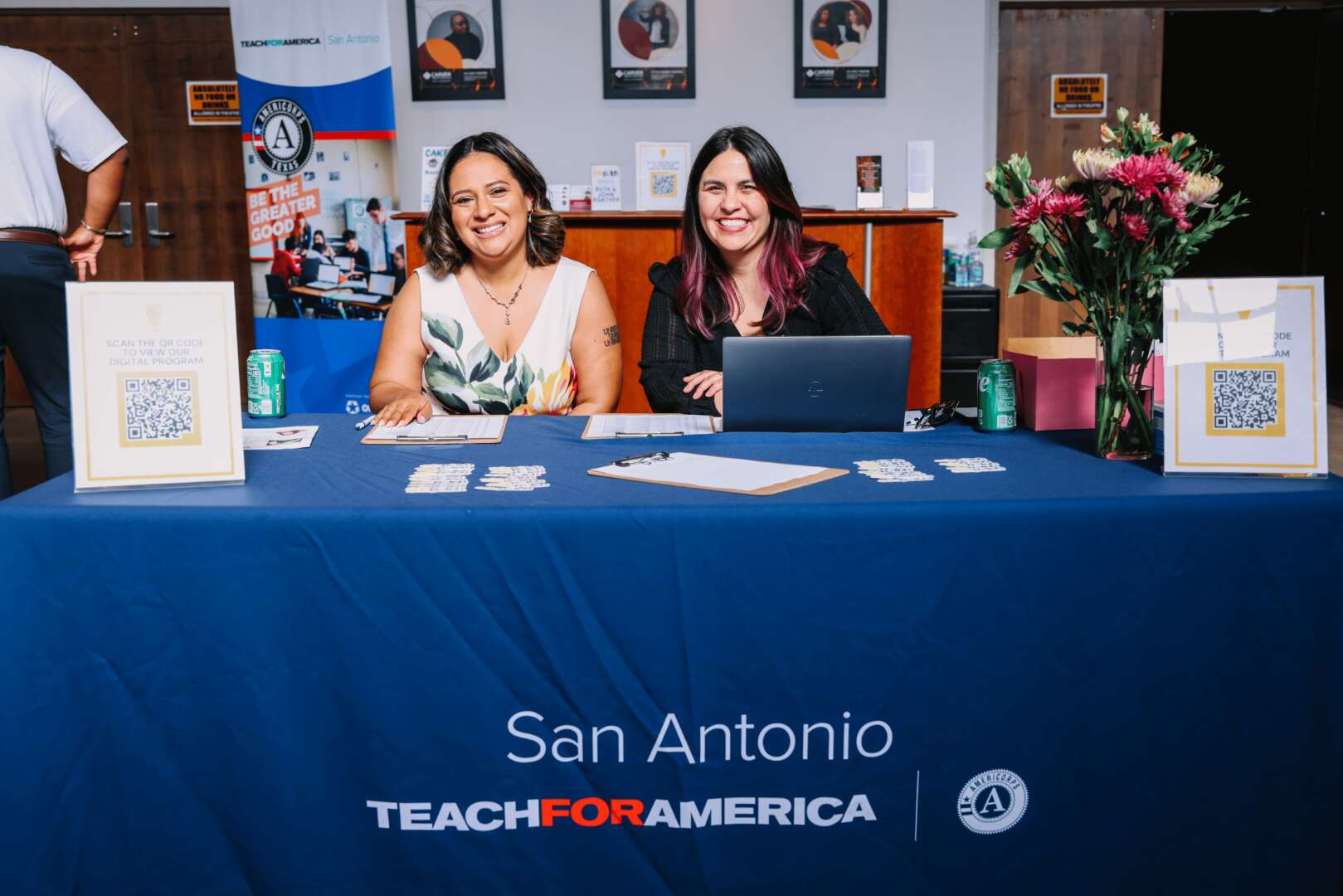
Let’s talk about resilience next – do you have a story you can share with us?
In 2019 I was nine months pregnant with my first child and I made the almost inexplicable decision to apply to the executive director role of TFA Austin. Though I wasn’t specifically looking for a new role, I couldn’t pass up the opportunity to potentially be the founding executive director for TFA Austin, especially after the five plus years I spent on the alumni board. But my transition to being an executive director turned out to be extremely challenging.
I started my brand new role after three months of maternity leave. I was a new, first-time mom starting a brand new role, with no blueprint to follow. I was also a team of one, working alone at home after spending my entire career thus far in office buildings with teammates. I truly didn’t know how to spend my days. I was trying to make sense of what was expected of me in this new to me professional role and new to the organization role. Plus, I was trying to figure out how to be a mom, a new working-mom. After six months in the role, before I could fully sink my teeth into the role, the world shut down due to the pandemic. Needless to say, I felt lost.
I was charged with developing a strategic plan, while implementing programs, and fundraising for the new alumni region. It felt like I was juggling everything while running on a hamster wheel without knowing which way was up or down. If I am being totally honest, I wanted to quit. I felt entirely unsuccessful at all things in life and didn’t see a light at the end of the tunnel.
It took over two years to finally feel like the pieces were coming together, both personally and professionally. With a lot of help from a mentor and executive coaches, I built a comprehensive strategic plan to accelerate the work of our region. This strategic clarity provided the foundation I needed to prioritize my work, develop effective leadership development programs, and it led to more than doubling our fundraising goal by year three. Exceeding our fundraising goal was particularly exciting because the year before we missed our fundraising goal, and generally I feel less secure about my ability to fundraise as compared to other leadership skills required in my role. As I started off my third year in the role, I finally found my stride. And 5 years in, the job is not always easy, but it is manageable, rewarding, and impactful. I’m so glad I stayed!
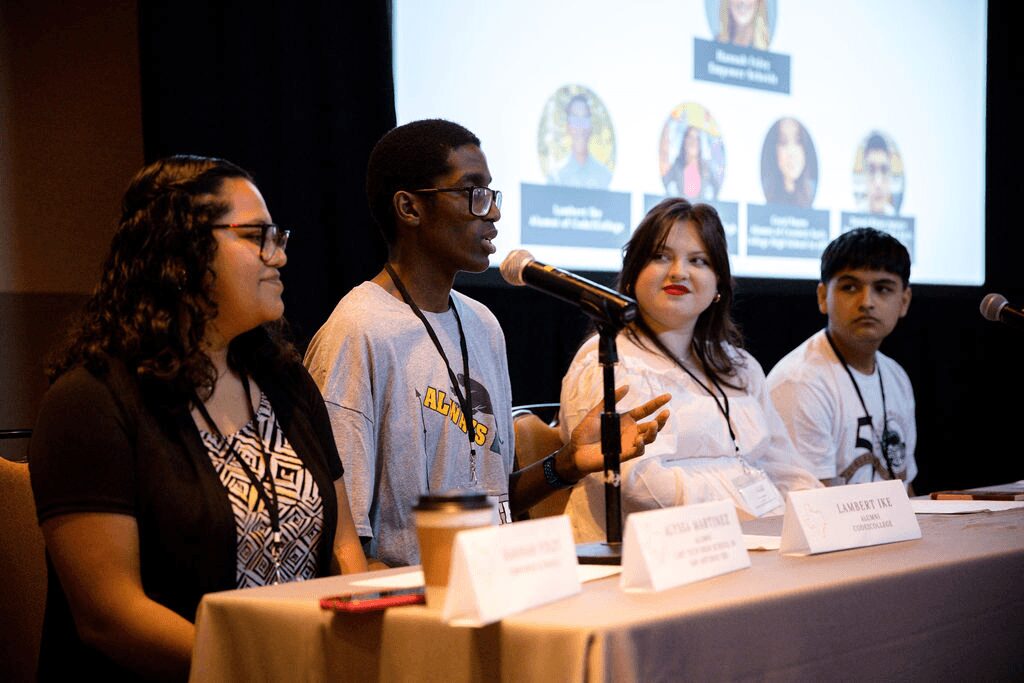
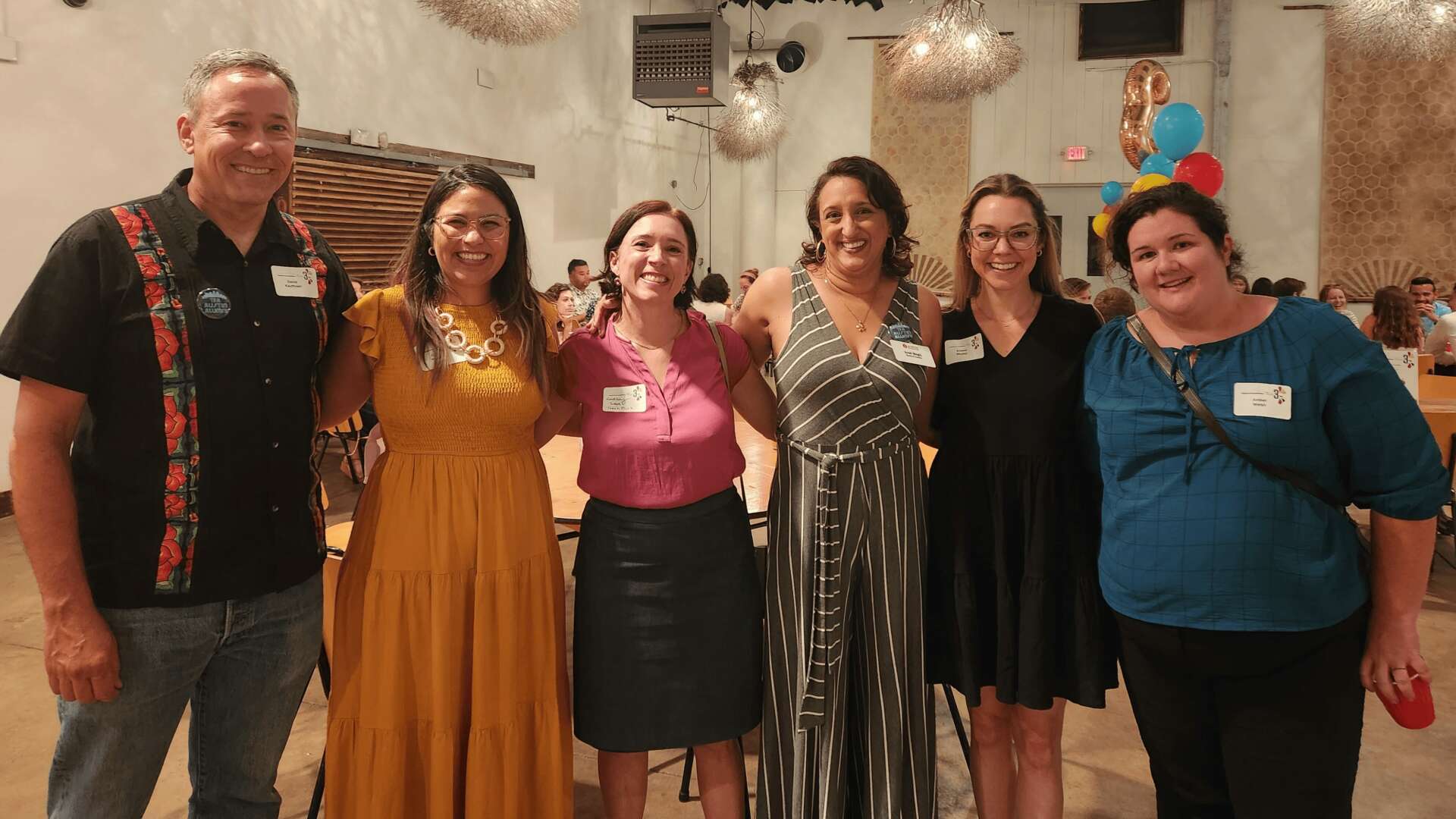
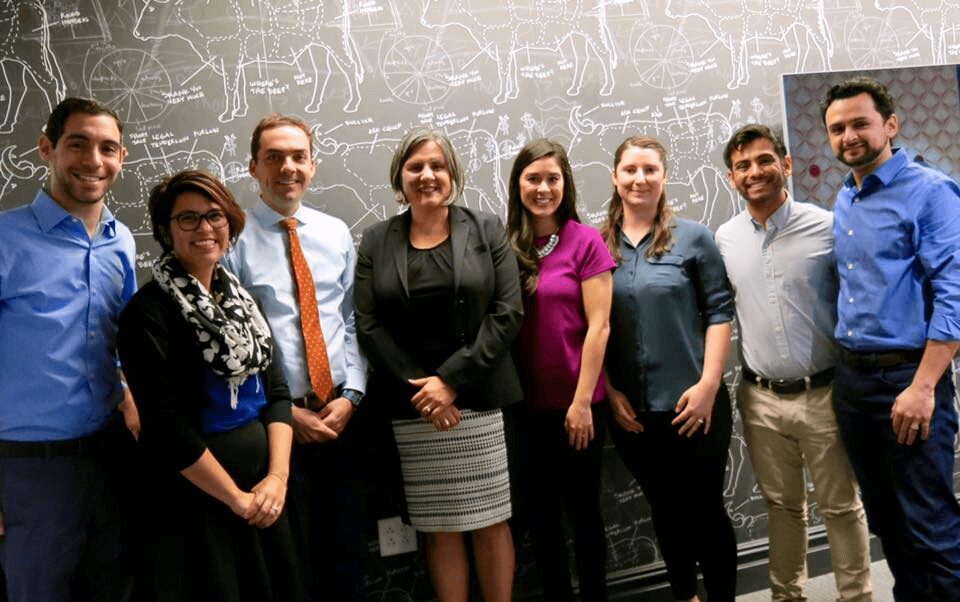

Image Credits
Images by Jamie Gunthorp include: student panel, and Christine’s speaker image


